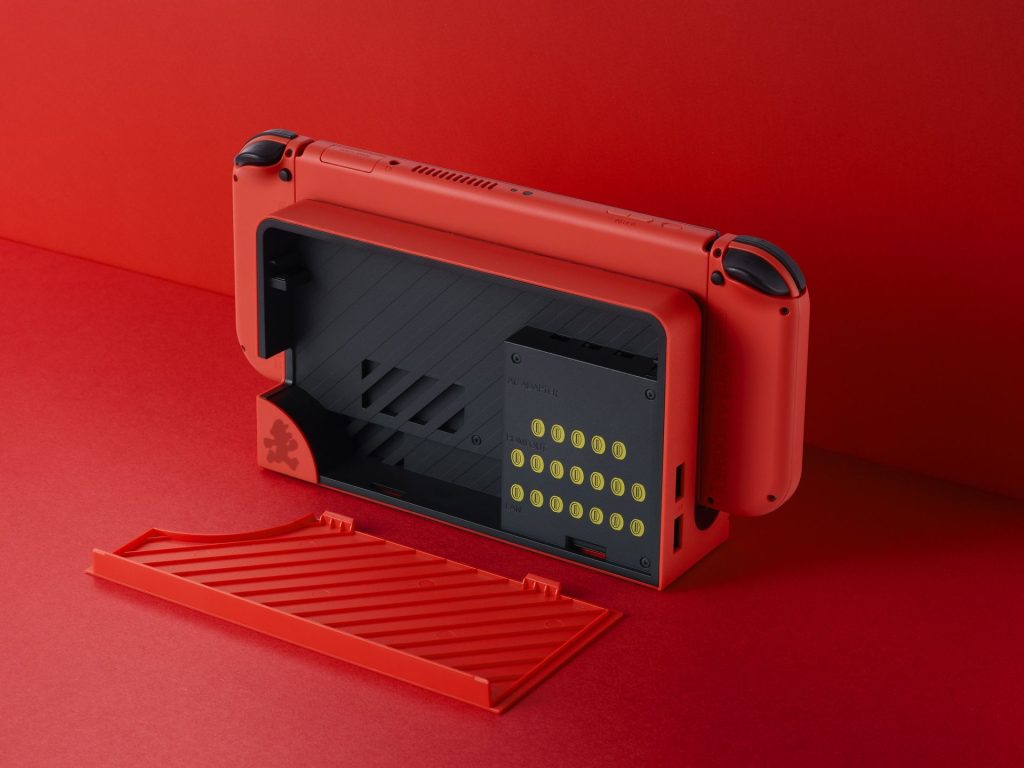Nintendo Wishes That the Switch Hardware Was Faster So Developers Could Make Any Kind of Game They Want
Aside from raw technical numbers, we’ve gotten quite a bit of information about the Nintendo Switch 2 courtesy of the recent Direct as well as some of the recent Ask the Developer Q&As. In a recent one of those, Switch 2 producer Kouichi Kwamoto has revealed that one of Nintendo’s goals with making the Switch 2 was to empower developers to make more ambitious games.
This stems from the relatively underpowered hardware powering the original Switch. While many games ran just fine on the system, we got to see quite a few titles across third-party and first-party developers that could have definitely benefited from some extra horsepower for smoother framerates.
“There were times when we wished the Switch system’s processor was faster so that we could provide new and unprecedented gameplay experiences,” said Kawamoto. “I think the processor we chose to implement in Switch during its development was the best option at the time. However, as time went on, we began to realize that it didn’t necessarily mean developers could make any kind of game they wanted with it.”
The original Switch was powered by a chip based on Nvidia’s Tegra SoC. Back when the Switch came out in 2017, the chip was already quite dated, having first made its debut in tablets like Google’s Nexus 7 earlier in the decade. The Switch 2, on the other hand, is powered by a new custom Nvidia-designed chip that is rumoured to be based on the more recent Tegra 239.
Kawamoto’s statements fall in line with those made by Takuhiro Dohta during a similar Q&A, where he spoke about wanting to address the Switch’s problems with the Switch 2. To do this, the company decided to forego any hardware gimmicks for its latest console, in contrast to its previous consoles like the stereoscopic 3D effect on the 3DS, or the dual-screen home console approach with the Wii U.
“From a software developer’s perspective, we thought of what we’d want in a console if we were creating a game,” said Dohta. “In the past, Nintendo developed software that took advantage of unique hardware features, such as the Wii Remote and the Nintendo DS system’s dual screens. However, since Switch launched, I think there’s been a shift in how software developers create games.”
“Rather than leveraging hardware features to create something unique, developers can now choose which software technologies they want to incorporate to make their games stand out.”
Dohta also spoke about improving the processing speed of the Switch 2 in order to empower developers to make the kinds of games they would want. This, coupled with the fact that unique hardware features wouldn’t necessarily be used by developers is what led to the Switch 2 being more of an iterative upgrade over the Switch.
“My honest opinion as a software developer is that just because a new hardware feature is added, it doesn’t necessarily mean that various problems will be solved or that new kinds of gameplay experiences will be created one after another,” he said. “So, with Switch 2, we improved its processing speed in the hope that it’ll become a dedicated game platform with a strong and solid foundation that allows software developers to create what they want.”
The Nintendo Switch 2 will be hitting store shelves on June 5. The console’s launch will be accompanied by a host of game releases, including Mario Kart World and Cyberpunk 2077: Ultimate Edition.



Comments are closed.